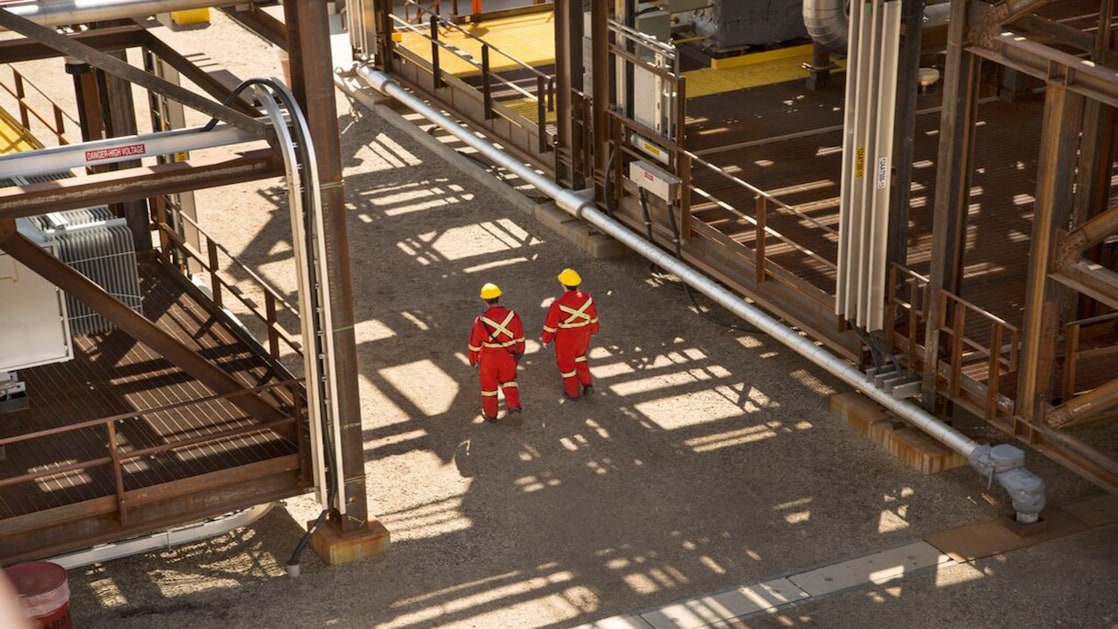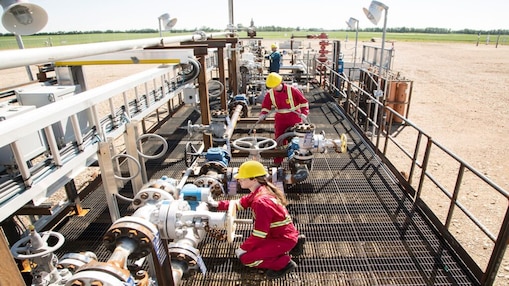
Quest Carbon Capture and Storage
Located at the Scotford upgrader near Edmonton, Alberta, the Quest Carbon Capture and Storage (CCS) facility is designed to capture and store CO2 from hydrogen production.
We recognize the importance of CCS and continue to collaborate with governments, customers and partners to advance its development. Shell Canada is sharing the knowledge and lessons learned from building Quest to encourage more widespread implementation of CCS. Detailed information about Quest CCS design and operations can be found on the Government of Alberta website.
The Quest CCS facility is operated by Shell Canada on behalf of the Athabasca Oil Sands Project (AOSP).
The respective ownership interests of AOSP assets in aggregate, directly and indirectly, are 90% Canadian Natural Resources Limited and 10% Shell Canada Limited through certain subsidiaries.
